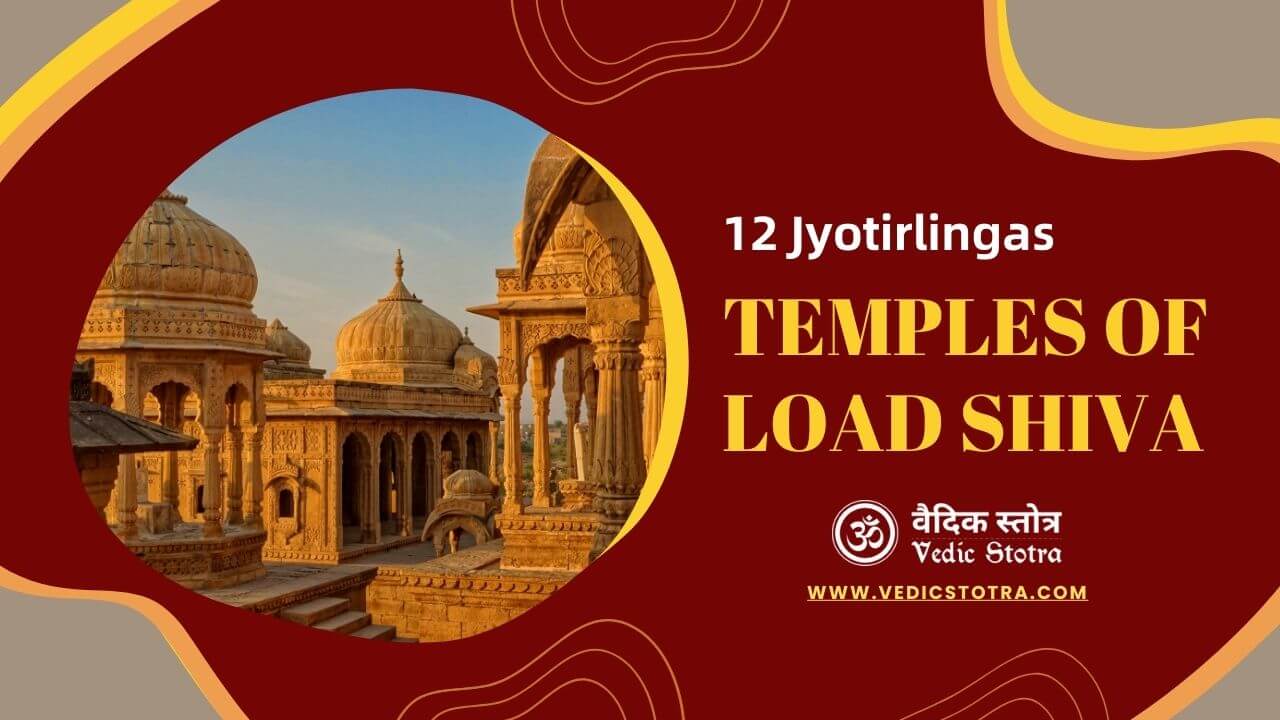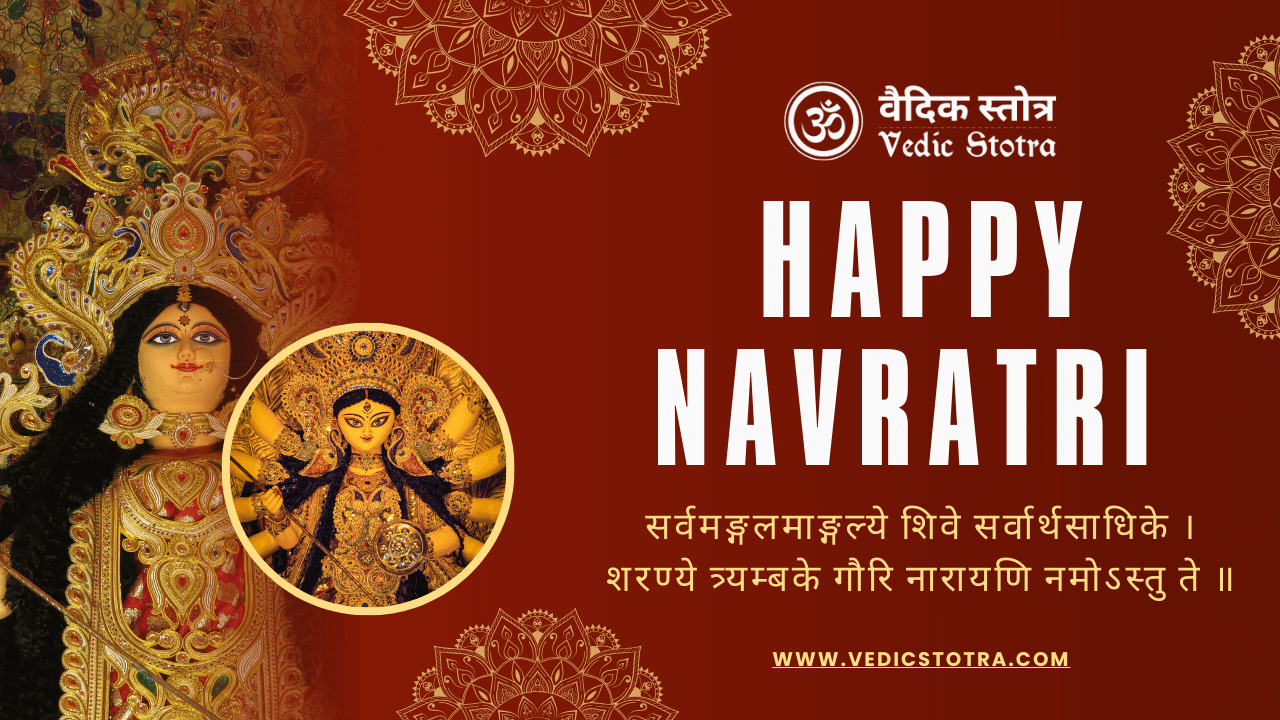12 Jyotirlingas – Temples Of Lord Shiva.
A Jyotirlinga also known as Jyotirling or Jyotirlingam, is a sacred place where people worship Lord Shiva in the form of a Jyotirlingam. The word ‘Jyothi’ means ‘Radiance,’ and Lingam refers to the Shiva Lingam, which is a symbol of The Almighty or a phallus symbol. So, a Jyotir Lingam is essentially the Radiant symbol of The Almighty. India has twelve traditional Jyotirlinga shrines.
According to belief, Lord Shiva first appeared as a Jyotirlinga on the night of Aridra Nakshatra, which is why these shrines hold special significance. Although there is no distinct appearance, it is believed that individuals with a higher level of spiritual attainment can perceive these lingas as columns of fire piercing through the earth. These twelve Jyotirlingas are located throughout India.
According to the Shiv Mahapuran, there was a disagreement between Brahma (the God of creation) and Vishnu (the God of Preservation) about who was more supreme in creation. To test them, Shiva turned into a massive, endless pillar of light called the jyotirlinga. Brahma and Vishnu went in opposite directions—downwards and upwards—to find the end of the light. Brahma falsely claimed he found it, but Vishnu admitted defeat. Then, Shiva appeared as a second pillar of light and cursed Brahma, saying he would not be included in ceremonies, while Vishnu would be worshipped forever.
The sanskrit sloka ( द्वादश ज्योतिर्लिंग स्तोत्रम्) (Dwadasha Jyotirlingum Strota) describes about the 12 Jyotirlingas In India –
सौराष्ट्रे सोमनाथं च श्रीशैले मल्लिकार्जुनम्। उज्जयिन्यां महाकालमोङ्कारममलेश्वरम्॥
परल्यां वैद्यनाथं च डाकिन्यां भीमशङ्करम्। सेतुबन्धे तु रामेशं नागेशं दारुकावने॥
वाराणस्यां तु विश्वेशं त्र्यम्बकं गौतमीतटे। हिमालये तु केदारं घुश्मेशं च शिवालये॥
एतानि ज्योतिर्लिङ्गानि सायं प्रातः पठेन्नरः। सप्तजन्मकृतं पापं स्मरणेन विनश्यति॥
एतेशां दर्शनादेव पातकं नैव तिष्ठति। कर्मक्षयो भवेत्तस्य यस्य तुष्टो महेश्वराः॥:
12 Jyotirlingas In India
Found throughout the country, Jyotirlingas are places that attract devotees and travelers from all over the world. Whether you’re planning or organizing your trip, this list of 12 Jyotirlingas can be really useful.
Here is a list of 12 Jyotirlinga images with names and locations:
- Somnath – Gir Somnath In Gujarat
- Nageshwar – Daarukavanam In Gujarat
- Bhimashankar – Pune In Maharashtra
- Trimbakeshwar – Nashik In Maharashtra
- Grishneshwar – Aurangabad In Maharashtra
- Vaidyanath – Deoghar In Jharkhand
- Mahakaleshwar – Ujjain In Madhya Pradesh
- Omkareshwar – Khandwa In Madhya Pradesh
- Kashi Vishwanath – Varanasi In Uttar Pradesh
- Kedarnath – Kedarnath In Uttarakhand
- Rameshwaram – Rameswaram Island In Tamil Nadu
- Mallikarjuna – Srisailam In Andhra Pradesh
1.Somnath – Gir Somnath In Gujarat
Somnath is one of the most famous Jyotirlingas in India. It’s considered the first among the twelve aadi jyotirlingas and is a highly revered pilgrimage site. The temple’s architecture follows the Chalukya style, and it’s believed that Lord Shiva appeared in this shrine as a brilliant column of light. According to Shiv Purana, the Moon, or Chandra, married 27 daughters of Dakshin Prajapati but faced a curse for neglecting all except one, Rohini. To lift the curse and restore his lost radiance, Moon worshipped Lord Shiva, who granted his wish and established his eternal presence at Somnath.
Situated in the Kathiawad region, the Somnath Jyotirlinga temple has faced destruction and rebuilding almost sixteen times. Undoubtedly, it holds a prominent place in the list of 12 Jyotirlingas, making it a significant landmark for travelers in Gujarat.
2.Nageshwar – Daarukavanam In Gujarat
Situated on the Saurashtra coast in Gujarat, between Gomati Dwarka and Bait Dwarka, Nageshwar is a well-known Jyotirlinga temple in India. Devotees from all around visit the temple of Nagnath throughout the year to seek blessings from the holy shrine of Nageshwar Mahadev, located in an underground sanctum. The 25-meter tall statue of Lord Shiva, a spacious garden, and clear views of the beautiful Arabian Sea captivate visitors. This Jyotirlinga is considered one of the most powerful in India, symbolizing protection from all types of poisons.
3.Bhimashankar – Pune In Maharashtra
The Bhimashankar temple is located on the banks of the River Bhima. It’s an amazing black rock structure built in the Nagara architectural style. The temple is surrounded by a wildlife sanctuary with the same name. People believe that Bheema, the son of Kumbhakarna, built this jyotirlinga in Maharashtra. Many pilgrims come to visit the shrine throughout the year, especially during Maha Shivratri. Besides the Bhimashankar temple, visitors also explore the Kamalaja temple nearby, which is an incarnation of Parvati. This jyotirlinga is one of the most famous ones in India.
4.Trimbakeshwar – Nashik In Maharashtra
The Trimbakeshwar jyotirlinga is situated near the Brahmagiri mountain, where the Godavari River, also known as Gautami Ganga, originates. According to the Shiv Purana, both the Godavari River and Gautami Rishi asked Lord Shiva to make this place his home, and thus, Trimbakeshwar emerged. What makes this jyotirlinga special is its shape. Instead of a traditional shrine, there’s an empty space with three pillars inside. These pillars symbolize the three mighty Gods – Brahma, Vishnu, and Maheshwar.
5.Grishneshwar – Aurangabad In Maharashtra
The Grishneshwar temple is one of the 12 jyotirlingas mentioned in the Shiva Purana. It stands out with its impressive red rock structure in a 5-storied Shikhara style. The temple, located near the Ajanta and Ellora caves, features intricate carvings of various Gods and Goddesses, along with a massive Nandi Bull in the main hall. Ahilyabai Holkar, a historical figure, built this temple, and it’s also known as Gru Someswara and Kusum Eswarar. One highlight is the remarkable sculpture of Vishnu’s Dashavatar carved on red rock, capturing the attention of every visitor. The Grishneshwar temple is considered one of the must-visit places in Aurangabad.
6. Vaidyanath – Deoghar In Jharkhand
Vaidyanath, also known as Baidyanath or Vaijinath, is a highly respected jyotirlinga among the 12 famous ones in the country. It’s also counted among the 52 shakti pethas, sacred shrines associated with Sati in Hinduism. According to mythology, Ravana, the legendary figure, worshiped Shiva for a long time and invited him to Lanka. Shiva appeared as a shivalinga and instructed Ravana not to place it down until they reached Lanka. This jyotirlinga in Deoghar is considered popular in India.
During the journey, Vishnu intervened and persuaded Ravana to take a break and rest the shivalinga for a while. Ravana, however, disobeyed Shiva’s order, and as a result, Shiva settled as Vaidyanath in Deoghar. The month of Shravana sees a large number of visitors here, as people believe that worshiping this shrine of Shiva will help them overcome difficulties and attain moksha and salvation.
7.Mahakaleshwar – Ujjain In Madhya Pradesh
Situated in the dense Mahakal forest, the Mahakaleshwar temple in Ujjain is another Jyotirlinga in India with great spiritual importance. This shrine in central India is thought to have been established by a five-year-old boy named Srikar, inspired by the devotion of King Chandrasena of Ujjain. Found by the banks of the Kshipra River, the Mahakaleshwar Jyotirlinga is also one of the seven mukti-sthals in India, believed to be a place where a person can attain eternal liberation.
8.Omkareshwar – Khandwa In Madhya Pradesh
Omkareshwar, meaning ‘Lord of the Om Sound,’ is one of the holiest places in India. It’s located on an island called Shivapuri, on the Narmada River. It has significant mythological importance. Legend has it that during a war between Devas and Danavas, the Devas prayed to Lord Shiva for victory. Pleased with their prayers, Lord Shiva manifested as Omkareshwar and assisted the Devas in overcoming the evils, making it one of the most well-known among the 12 jyotirlingas in India.
9.Kashi Vishwanath – Varanasi In Uttar Pradesh
Known as the Golden Temple in Varanasi, Kashi Vishwanath is a popular Jyotirlinga temple. Built in 1780 by Maharani Ahilyabai Holkar, a Maratha Monarch, this Jyotirlinga holds significant importance for Hindus. Devotees believe that Lord Shiva dwelled here, offering liberation and happiness to all. It’s also considered one of the first Jyotirlingas in the india. Displaying its supremacy over other Gods by breaking through the Earth’s surface and moving towards heaven. Kashi Vishwanath is among the highly sought-after 12 Jyotirlingas in India.
10.Kedarnath – Kedarnath In Uttarakhand
Nestled in the Rudra Himalayan Range, at an altitude of 1200 feet, Kedarnath Jyotirlinga is also recognized as one of the 4 dhams in the Hindu religion. The temple experiences extremely cold weather and snowfall, leading to a closure for 6 months during winter. It opens only from May to June. Pilgrims heading to Kedarnath first visit Gangotri and Yamunotri to collect holy water, which they later offer to the Kedarnath shivalinga.
People believe that by visiting the Kedarnath temple, bathing the jyotirlinga, one can rid themselves of unhappiness, ill luck, and misfortunes. The trek to Kedarnath is moderately challenging, and people use walking sticks or opt for mules or dolis. Behind the main Kedarnath temple lies the Samadhi of Shankaracharya, the renowned Hindu saint.
11.Rameshwaram – Rameswaram Island In Tamil Nadu
Rameshwaram Jyotirlinga is said to be honored by Lord Rama after his incredible victory over Ravana. It’s known as the southernmost Jyotirlinga in the country, surrounded by the sea. Its boasts beautiful architecture, adorned corridors, and 36 theerthams.
Referred to as the ‘Varanasi of the south,’ Rameshwaram Jyotirlinga is also one of the most visited holy places in India, approached via Madurai in Tamil Nadu. Devotees who come to this Jyotirlinga also visit Dhanushkodi beach, where Lord Rama built the Ram Setu to Lanka to rescue his wife. This place is also one of the char dhams of India.
12.Mallikarjuna – Srisailam In Andhra Pradesh
Known as the Kailash of the South among the 12 Jyotirlingas in India, the Mallikarjuna Jyotirlinga temple sits atop Shri Saila Mountain, beside the Krishna River. The temple showcases beautiful architecture and sculptures, adorned pillars called gopurams, and a hall known as mukha mandapa. It houses deities of Shiva and Bhramaramba or Parvati and is recognized as one of the 52 shakti peeths of Sati. The Mallikarjuna Jyotirlinga is undoubtedly one of the greatest Shaivite shrines in the country.
FAQs About 12 Jyotirlingas In India
1. What are Jyotirlingas?
Jyotirlingas are sacred shrines in Hinduism dedicated to Lord Shiva. There are 12 Jyotirlingas spread across India, each holding immense spiritual significance.
2.Where are the 12 Jyotirlingas located?
The 12 Jyotirlingas are located in various parts of India, covering regions from the Himalayas to the southern tip. Some of the well-known locations include Kedarnath, Somnath, and Varanasi.
3.Can you name a few of the 12 Jyotirlingas?
Some of the prominent Jyotirlingas include Somnath in Gujarat, Mallikarjuna in Andhra Pradesh, and Kashi Vishwanath in Varanasi. Each has its unique story and significance.
4.Is there a specific way to visit all 12 Jyotirlingas?
There is no specific order to visit the Jyotirlingas, but many devotees follow a traditional pilgrimage circuit that covers all 12. The pilgrimage is known as the ‘Jyotirlinga Yatra.’
5. Are there any festivals associated with these Jyotirlingas?
Maha Shivaratri is a significant festival celebrated at all Jyotirlingas with fervor. Devotees believe that worshiping Lord Shiva on this day brings immense blessings.
6.What is the best time to visit the Jyotirlingas?
The best time to visit varies for each Jyotirlinga. However, Maha Shivaratri and other significant festivals attract a large number of devotees.




